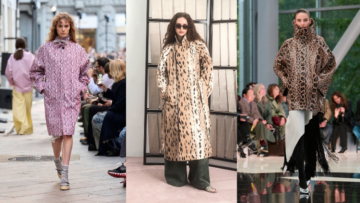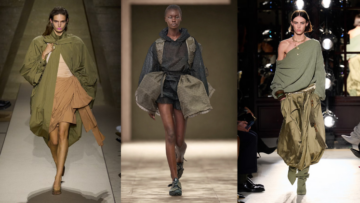
Patagonia, the popular clothing brand, will again allow co-branding on locations which include the back yoke and sleeve of its garments. This is according to an email sent by Driving Impressions, a supplier of Patagonia clothing to promotional products distributors.
Citing sustainability concerns, Patagonia, in April 2021, stopped allowing direct embroidery on its products. The company believed at that time that co-branding on its garments would shorten their lifespans.
The thought was that co-branding limits the reusability of apparel, making it more likely to end up in a landfill, rather than entering the reuse market, since when, for example, someone changes jobs, they will not still wear clothing branded with their old company’s logo.
The decision of the company to start allowing limited embroidery on its products coincides with the expansion of its Worn Wear programme, allowing people to get store credit by trading in used Patagonia gear or buy pre-worn Patagonia clothing at a discount.
As opposed to Patagonia’s stand in the past of not accepting branded apparel, the Worn Wear programme will begin accepting clothing with the logos of other companies, with store credit offered will be different than standard pricing, since the logos will need to be altered.
“They have developed new solutions to either remove, repair or repurpose embroidered Patagonia products, to better extend their usable lifespan and to keep them out of the landfill,” Driving Impressions noted.
Promotional distributors expressed enthusiasm at the news.
“Our clients never stopped asking for the Patagonia brand, and we’re excited to be able to offer this purpose-driven retail brand again,” said Mel Hubner, director of social impact and sustainability at Brand Fuel.
Hubner added that Brand Fuel, a Certified B Corp like Patagonia, was especially glad to learn that the Worn Wear program would be accepting branded merch. “This will raise the bar for other suppliers, and it will create a greater collective impact in preventing our industry’s products from ending up in the landfill,” she added.
Removable branding options like, woven hem tags, patches or logoed zipper pulls were acceptable for decoration Patagoina garments, even with direct embroidery being off-limits, and distributors had the option of selling the apparel blank.
VP of marketing and sales at Printable, Mitch Silver, said the addition of embroidery options is a game-changer. He also noted that his company frequently got requests from financial services clients for Patagonia apparel.
“Our clients are really going to like this alternative sleeve or back-of-neck location option,” Silver said. “Many of them don’t necessarily want left-chest embroidery anyway.”
Driving Impressions noted in its email to customers that the new directive from Patagonia isn’t a free-for-all, saying, “Orders will continue to be approved and accepted on a per-order basis,” the supplier wrote. Driving Impressions encouraged distributors to send them the end-user and its website for pre-approval before pitching the Patagonia brand to customers, to avoid issues.






